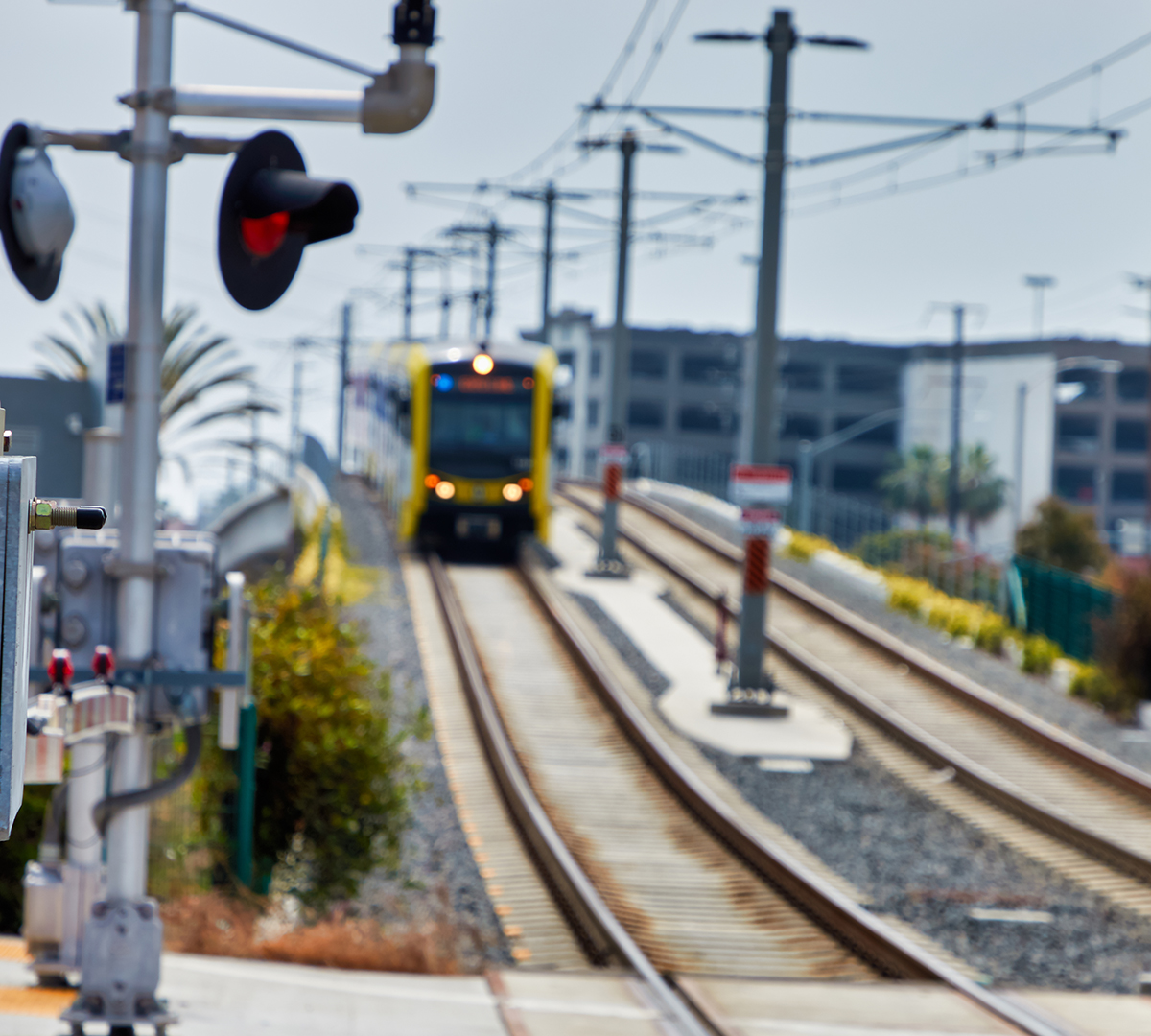On the surface, Tokyo and Los Angeles couldn’t be more different — one city known for its safety, cleanliness, walkability and vibrancy, while the other is often criticized for sprawl, dysfunction and decay. But there was a time when Los Angeles was known for the former — in part, by using a similar tool to that which developed Tokyo — that could prove transformative for the rest of the United States: private development of public transit.
In Tokyo today and Los Angeles of the past, private companies financed and built transit, keeping the land around their investments and making more money from the real estate surrounding their infrastructure than the transit system itself.
Private development and ownership of public transit creates an alignment of incentives: rail builders that own surrounding real estate keep trains frequent and crime-free, business spaces leased, and property values maximized. Private capital ensures accountability to construction timelines and reasonable alignment with transit demand. However, in a nation with such developed automobile infrastructure, any such transit systems must compete on their own merits with personal automobiles in price, convenience and safety. That, in fact, is what makes it successful.
From Tokyu Corp. to Seibu Railway Co., private Japanese rail companies built vertically integrated real estate and transportation empires that included railways, hotels, housing and offices all carefully positioned around transportation lines. Tokyu, as the largest example, runs over 100 kilometers of Tokyo subway lines, and even built and owns the skyscrapers around the world-famous Shibuya Crossing and station.
This system even powered the early development of Southern California. Visionary developer Henry Huntington, after whom much in the region is named, built a vast public-transit system called the Pacific Electric Railway, which provided electricity and transportation to the then-nonexistent suburbs, often in exchange for real estate. Huntington’s Red Cars connected Los Angeles to San Bernardino in the inland east and Orange County in the coastal south, while his more local Yellow Car system provided last-mile conveyance in the denser core of Los Angeles.
Though Huntington’s actual transit system earned little money, the appreciation of real estate made desirable and useful from the railcars made Huntington one of the wealthiest men in the nation.
The Huntington model ended only with the publicly-financed highway system. Federal taxes paid for up to 90% of highway construction, giving cities essentially “free” roads and encouraging them to focus transportation dollars on connecting other places with highways rather than improving non-highway transportation within the city. This vast highway system, designed for defense, could just as easily mobilize wartime resources across the nation as it could affordably allow families from far-flung suburbs to reach job centers.
But with highways at capacity and often with little room for expansion, the Huntington model is already proving resurgent. Look no further than Brightline, the nation’s only privately-owned-and-operated rail line, owned by real estate investment titan Fortress. Its Miami station in its Florida system, for example, includes a 3-million-square-foot mixed-use development. Brightline has lots of passengers — a projected 4.5 million for 2025 — but still loses money on rail, as Huntington’s railways often did.
But, also as with Huntington, it makes a fortune on real estate: according to the University of Florida, properties near where a Brightline station was announced gained immediate price premiums of over 13%, and Brightline’s owners have sold buildings it has developed near stations for billions of dollars.
Even in New York City, which hosts the nation’s most robust public transit system, private transit is finding its way. When Uber started offering a shuttle from Midtown to the airports, it was derided as an unnecessary reinvention of the bus.
However, given the service’s sustained popularity, Uber Shuttle appears to have been a much-desired revitalization of the once-dignified bus — at $24.99 each way, and with only paying riders on board, users can get to the airport and back on the bus, all without having to dodge human excrement and the homeless and mentally ill. This leaves Uber Shuttle as much cheaper than a hundred-dollar taxi ride, while being just one Sweetgreen bowl more expensive than taking public transit.
Of course, public transit agencies could decide to fully enforce existing rider codes of conduct and end misbehavior on their buses and trains, but most appear to lack the political will to do so. Instead, transit agencies are launching rail expansion programs that exceed over $1 billion per mile in construction costs while ridership — even in New York City — struggles to return to pre-pandemic levels.
Rather than entertain fiscal and operational reality, transit agencies are seeking bailouts to “stabilize” finances, soaking taxpayers to cover more capital investment in infrastructure that will require yet more money to run and maintain while projected ridership may fail to ever materialize. In theory, property tax appreciation, and sales and other tax revenue growth from density and population growth along transit corridors could pay for these investments one day.
But slow growth and even declines in infill housing permitting and construction are resulting in the “redlining” of institutional capital from many of these areas that would be necessary to meaningfully tip the scales towards, and scale, construction. That’s due often in part to property controls via transfer taxes, rent control and lack of certainty regarding political initiatives that reduce property rights.
Admittedly, some public transit systems have tried to allow development on their properties — Los Angeles Metro, for one, aims to allow for the construction of 10,000 housing units at its stations by 2031, with the goal that half are income-restricted “affordable” units. But, as expected, 21st century American public transit agencies are hardly efficient developers, especially when constrained with balancing political objectives against rising costs and deteriorating public finances.
History, and other nations, show us private transit is one way for enterprising developers to fill the transit gap. But will anyone step up to the challenge?
Kenneth Schrupp is a Los Angeles-based reporter.

